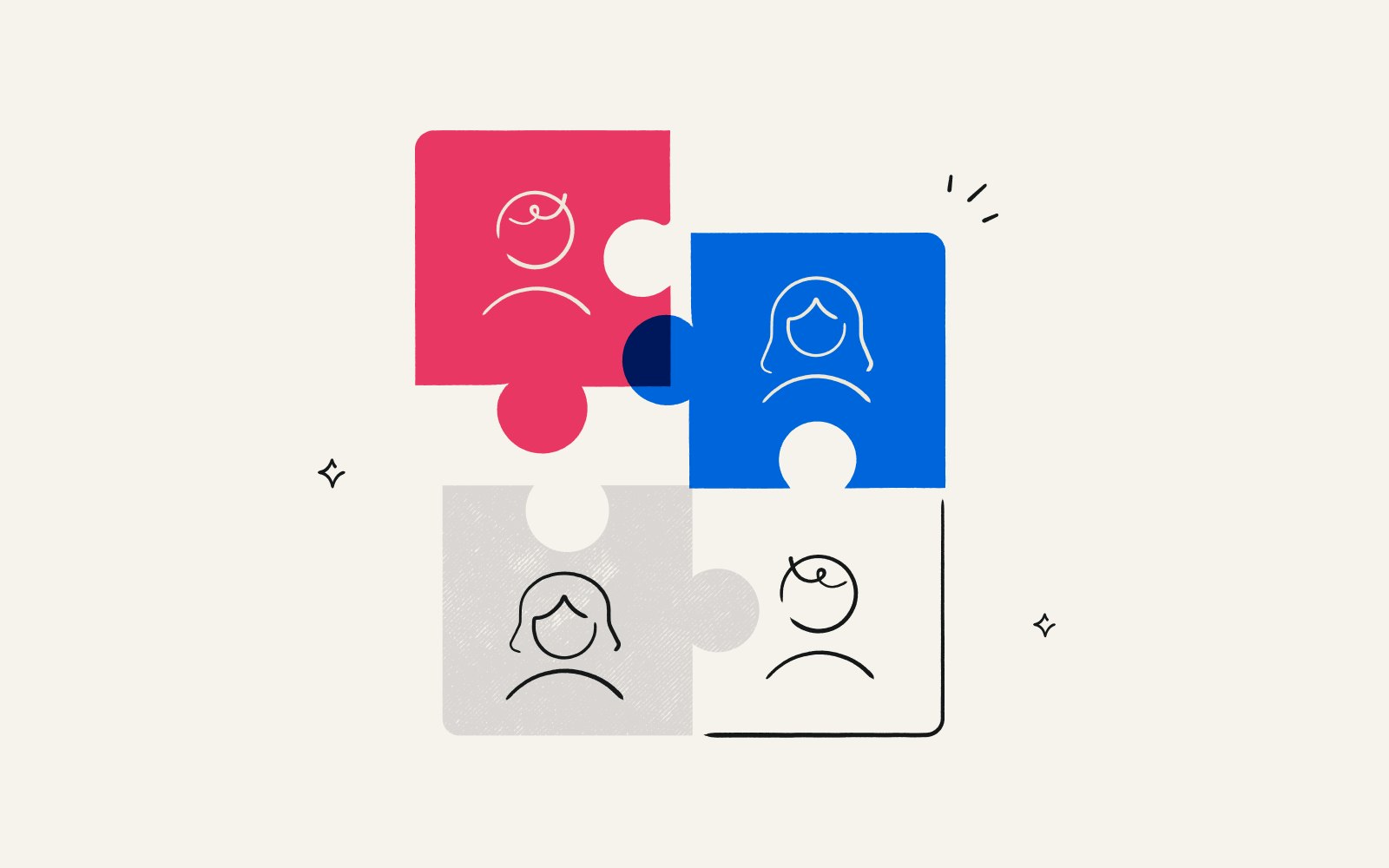How rewards enhance workplace culture
By Andrew Littlefield●6 min. read●Jul 23, 2025

When cringe-worthy employee “rewards” become a central plotline in a popular streaming show, you know we’ve got a real crisis on our hands.
In Apple TV’s Severance, workers toil away in a sterile office where the big prize for good behavior might be a melon party or a new pen.
These moments are meant to be satirical. But for many employees, they hit a little too close to home.
Employee engagement is at a critical low, and it’s costing companies more than they think.
According to Gallup’s State of the Global Workplace 2024 report, low engagement is draining $8.9 trillion from the global economy each year, roughly 9% of global GDP. In the U.S., just 32% of workers were engaged as of Q2 2024 — a slight rise from an 11-year low.
Disengagement doesn’t just sap morale. It affects performance output, team cohesion, and employee retention. And while many companies invest in recognition programs to boost culture, not all rewards hit the mark.
If you’re in HR and trying to make culture more than just a buzzword, this article is for you. We’ve pulled together the latest research, real-world advice, and expert insight to help you turn employee rewards into something that actually strengthens your team and boosts engagement, not just checks a box.
Why rewards now?
When rewards are strategic (not just tacked on), they work. Structured reward programs are associated with an average 22% performance lift, and that figure climbs to 44–48% when programs run longer than six months, according to a 2025 white paper from the Incentive Research Foundation.
Gallup and Workhuman’s joint research found that when recognition "hits the mark," employees are four times more engaged and 73% less likely to feel burned out. For a 10,000-person company, that can translate into $16 million in annual savings from reduced turnover alone.
Still, it’s not just about performance.
We’ve all heard of the golden rule, ‘treat others how you want to be treated.’ But the platinum rule: ‘treat others how they want to be treated,’ trumps it. Genuine gratitude and helping someone feel seen beats generic, check-the-box rewards every time.
Julie Starr
Career and Leadership coach
And beyond performance metrics and turnover savings, well-executed rewards can help people feel like they belong. They reinforce what matters, spotlight role models, and turn good work into something people actually want to replicate. Done right, they’re one of the most powerful tools you have for keeping talent, making internal recruiting easier, and building a workplace people are genuinely proud to show up for.
The science behind rewards & culture
The psychology of effective rewards is grounded in Self-Determination Theory, which says people thrive when three core needs are met: autonomy, competence, and relatedness. Strategic rewards support all three:
Autonomy: When employees choose from a personalized catalog, they feel in control.
Competence: Recognition for skillful work reinforces growth and mastery.
Relatedness: Peer-to-peer recognition builds social bonds and trust.
Reciprocity loops and peer-contagion effects also matter. Recognized employees tend to pay it forward, spreading positive reinforcement throughout a team. Social recognition platforms that enable this kind of exchange have real-world results: SHRM and Workhuman found that 84% of organizations saw measurable engagement gains after adopting one.
Building a total rewards framework
A values-driven approach is the key to lasting impact. Per Korn Ferry’s 2024 Global Pulse Survey, 87% of HR leaders now use rewards explicitly to build culture, and 64% tie them directly to inclusivity metrics.
But there’s a common issue here, says Julie Starr:
“The biggest mistake is treating rewards like the workplace equivalent of a ping pong table. To successfully connect rewards to company culture, lead with your organization’s values. For example, if your company values collaboration, rewarding only individual achievements, rather than team wins, sends the wrong message.”
When reward structures reflect your actual values, they feel authentic. When they don’t, they undermine trust.
Reward types & when to use them
Not all rewards are created equal and your employees will feel the difference. Consider these formats:
| Reward Type | Best Use | Examples |
|---|---|---|
| Monetary | Achievement milestones, sales goals | Spot bonuses, prepaid Visa cards |
| Experiential | Celebrating wins, team-building | Virtual cooking class, Airbnb gift card |
| Social | Peer-to-peer culture building | Public shout-outs, recognition platforms |
| Mission-aligned | Tied to values or purpose | Charity donations, carbon offset credits |
And don’t forget about personalization.
“One person might love being recognized publicly, while another would much prefer that spot bonus,” says Starr. “It’s all about leading with empathy.”
And please, no more default $5 coffee gift cards. If Reddit’s burnout posts are any indication, “Starbucks fatigue” is real.
Step-by-step launch blueprint
The best rewards programs are thoughtful, not thrown together. They reflect how people actually want to be recognized, and they evolve based on what’s working and what’s not. Whether you're launching something new or reworking an existing approach, here’s a no-fluff, high-impact roadmap to build a rewards program that actually moves the needle:
Audit your current recognition system: Start by taking stock of how recognition currently shows up across the company. Look at employee feedback, engagement surveys, and participation data. Are rewards happening regularly or only when leadership remembers? Are certain teams or demographics being left out? These patterns will tell you where to focus first.
Set SMART KPIs linked to culture: Define goals that are Specific, Measurable, Attainable, Realistic, and Time-bound. Tie them to your culture goals, whether that’s improving engagement survey scores, boosting peer-to-peer recognition, or increasing participation in shout-out platforms. KPIs give your program clear direction and help build internal accountability.
Co-create reward options with employees: Don’t guess what people want, ask them. Host a quick poll or workshop to learn which rewards actually feel motivating. Let teams suggest or vote on catalog items. Co-creating increases buy-in and makes it more likely rewards will resonate with different personalities and roles.
Pilot and iterate: Launch your program in stages or with a smaller group to test the waters. Use real feedback to improve before rolling it out company-wide. Pay attention to what’s being redeemed, how people are engaging, and what�’s falling flat. You can adjust the program over time without losing momentum.
Communicate and celebrate wins: Recognition shouldn’t live in a vacuum. Share wins across channels like Slack, town halls, or newsletters. Highlight what’s working, spotlight individual and team contributions, and create a flywheel of positive attention that inspires others to join in.
How do you measure the impact of employee rewards?
You can’t improve what you don’t measure. Consider tracking:
Employee NPS: NPS scores are a great measure of how happy employees are and their likelihood to stick around. Watch out for lukewarm responses, as they can be the toughest to address!
Retention delta: Benchmark employee retention against your previous retention rate before the rewards program was implemented. Are people sticking around longer now?
Redemption and participation rates: If no one is participating in the rewards program, it’s safe to say it could use some improvement. Make sure it’s moving the needle for your team!
Manager involvement in peer recognition: Are managers participating in the program? Are they writing notes to their team members? You need middle management to adopt these policies in order to see traction.
Performance proxy metrics, like project turnaround or sales closed: Similar to sales lift in marketing, you can get some rough numbers of program success simply by comparing hard metrics like sales numbers or productivity before and after the program launch.
Common mistakes & how to avoid them
Low effort employee rewards have practically become a meme on the internet. Record high quarterly sales? Have a pizza party! Delivered that big project ahead of schedule? Enjoy this company branded hoodie!
Even with good intentions, reward programs can backfire if they’re poorly designed or inconsistently implemented. Here’s what trips teams up:
Swag fatigue - It should be no secret that your employees are not excited to wear the company hoodie out in public.
Manager inconsistency - Leadership starts from the top. If your managing team isn’t walking the walk, don’t expect things to trickle down.
DEI blind spots - Well-meaning programs can unintentionally exclude remote, hourly, or underrepresented employees if rewards aren’t designed with equity and accessibility in mind.
A low-cost solution? Handwritten notes.
“The highest-impact and lowest-cost way that I’ve experienced meaningful rewards is a handwritten thank you note from a manager or executive team member, mailed via snail mail to the employees home,” says Starr. “It’s a ‘wow!’ moment to be on the receiving end of that. Genuine gratitude wins every time.”
Advanced tactics for 2025
The most forward-thinking HR teams are already experimenting with tools and approaches that keep their programs modern, personalized, and scalable. Step your game up and try experimenting with:
AI-assisted shout-outs
Mobile-first rewards platforms
ESG-aligned catalogs
Cross-border tax compliance tools
Conclusion
There’s no one-size-fits-all solution, but thoughtful, personalized rewards rooted in your values can transform culture. When employees feel seen, appreciated, and aligned with your mission, they stick around, do better work and become true advocates.
“We know that happy employees equal happy customers. Happy customers return and recommend your product/service. Putting your people first is a simple way to impact your bottom line.“

